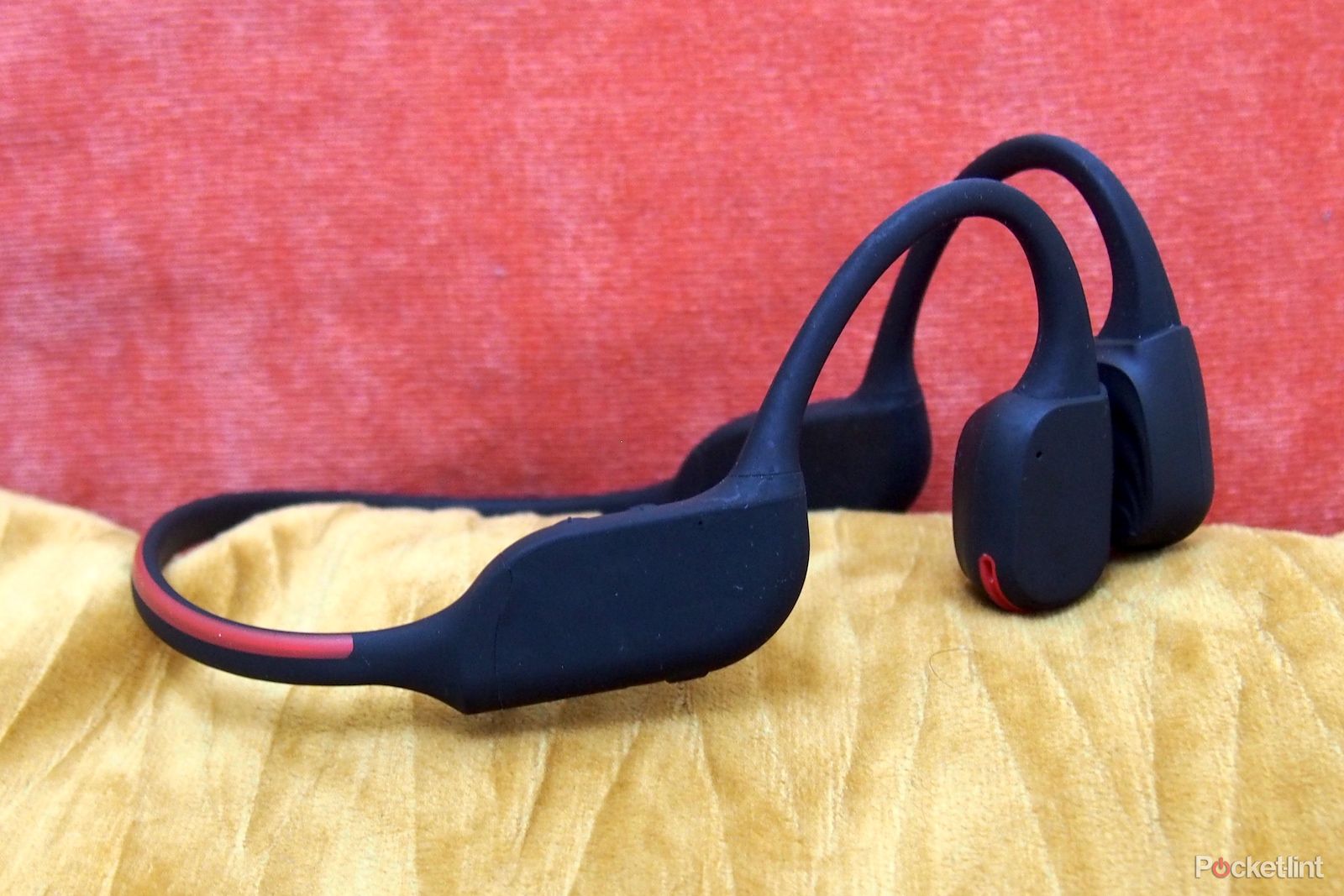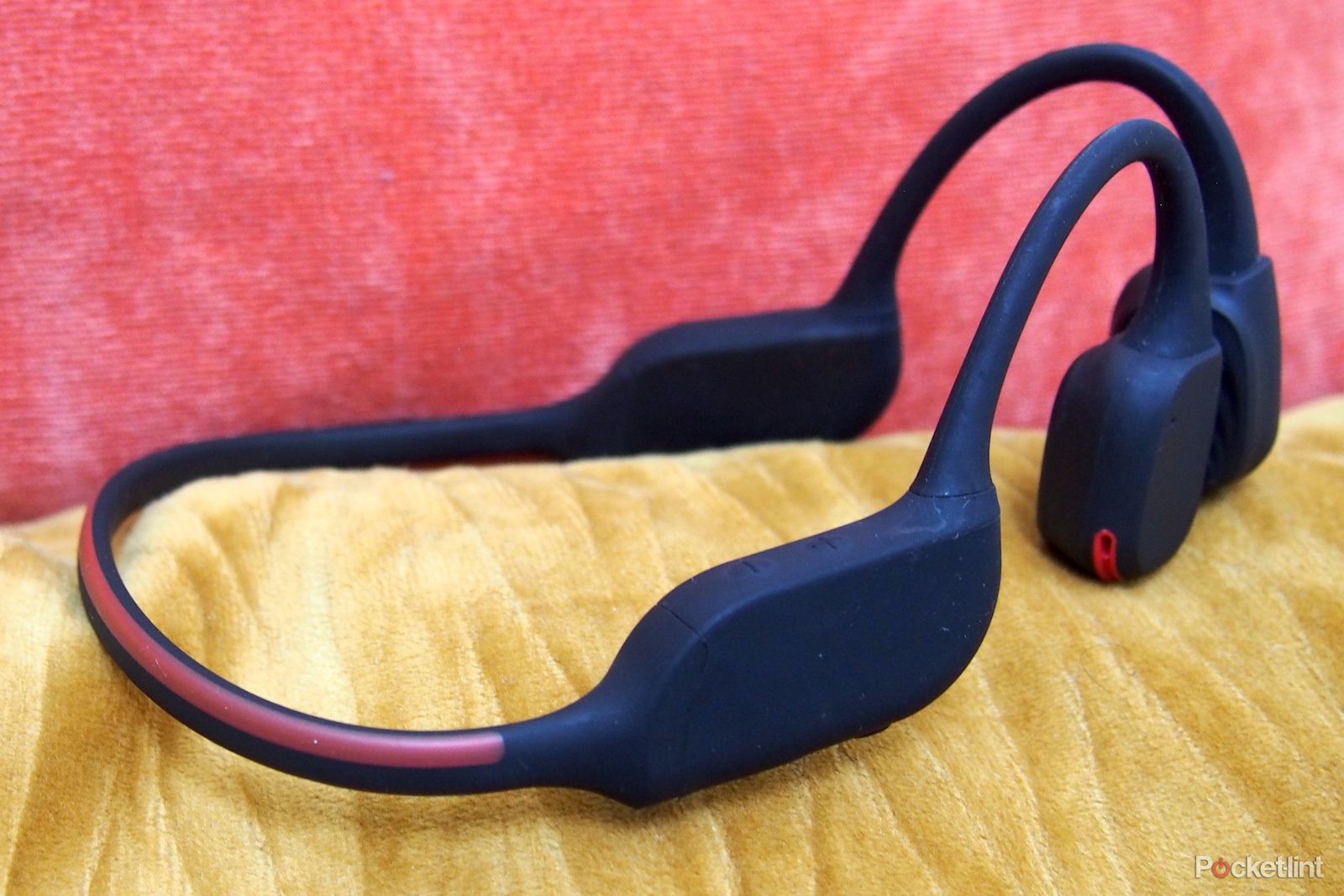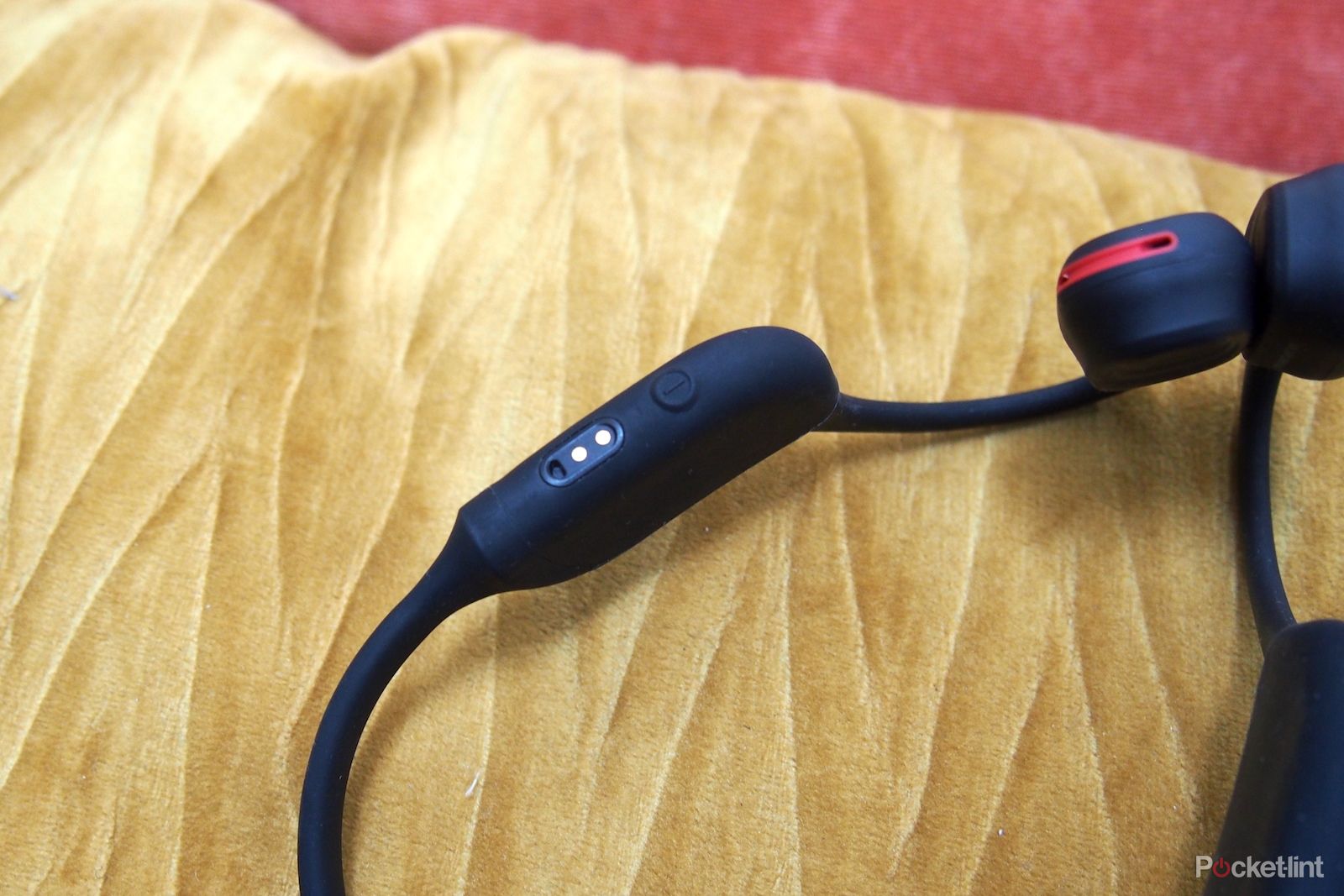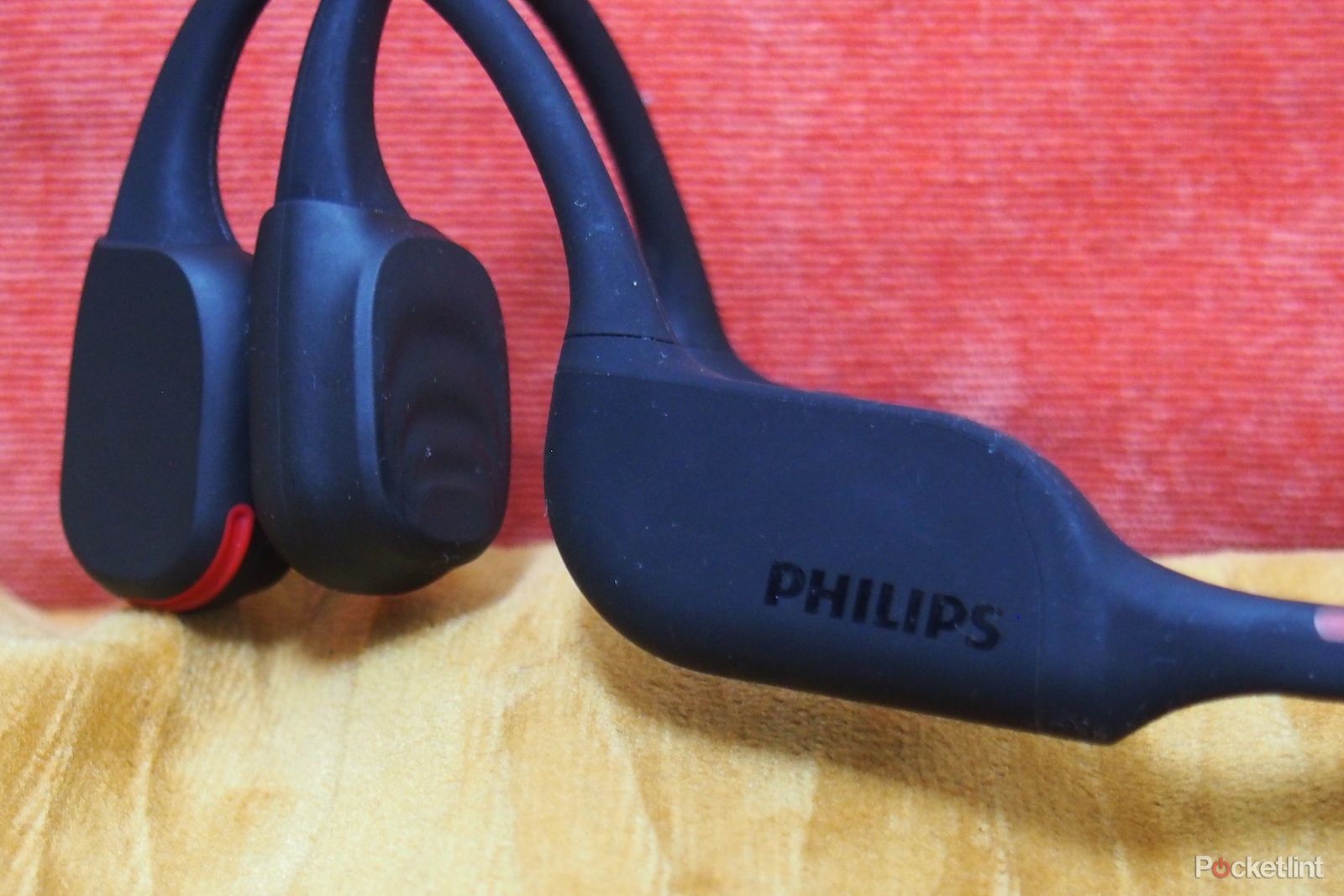[adinserter block=”8″]
Philips has been delving into the world of bone conduction headphones over the last few years, and the A7607 is its latest attempt at serving up a worthy alternative to fellow sporty bone conductors from the likes of Shokz.
The A7607 do a lot of things right. They offer a design that’s primed to be fit for tough workouts, pack a nice extra feature for runners and night-time exercise fans, and crucially want to punch out the kind of sound to make them a worthy gym or running companion.
At $199.99/£157.95 though, these bone conduction headphones don’t come cheap, so does Philips offer enough here to convince us that these are a better fit for exercise than similarly priced rivals? We put them to the workout test to find out.
Philips/Pocket-lint
Philips A7607
The Philips A7607 are certainly built for the job in terms of handling the rigours of a hard workout. It’s just a shame that when it comes to that all-important sound, they don’t quite live up with the best conduction headphones in the business.
- Comfortable and secure design
- Handy LED running light
- More stable companion phone app
- Sound quality isn?t best in class
- Battery life suffers at louder listening volumes (where they sound their best)
Design
- LED safety lights
- Weighs 38g
Philips delivers its open ear design in a fashion that most other bone conduction headphones do, through a neckband design that rests around the head, placing the arms just in front of the ears to deliver audio to your inner ear without sealing them up.
At 38g, they’re not the lightest bone conduction headphones out there, but they don’t feel bulky at all to wear, even during longer workouts, and are comfortable to don with glasses and caps as well. In fact, the fit here is really secure, so they feel super secure no matter what workout you are doing.
Physical controls are handled in a similar manner to Shokz’ headphones, with a few buttons on top of the section that sits in front of the ear, letting you tinker with volume, skip audio, activate your smart assistant and take calls. That does mean there’s microphones on here too, and Philips includes two to handle all your audio commands and phone calls.
Something you don’t see on a lot of headphones is the integrated safety LED light Philips includes, which encompasses the back of the headphones and can be set to glow or strobe, giving you a little visibility boost on those night time or early morning outings.
To make them fit for exercise both indoors and outside, the A7607 is slapped with an IP66 durability rating giving it some nice protection against dust and water, and making them good for a rainy run and more rugged use.
As for what you get in the box, Philips bundles the headphones with a small carry bag, some earplugs to help better isolate sound – good for when you’d rather not be hearing the outside world – and the proprietary charging cable that you need to get them powered back up.
Battery life
- 9 hours battery life
- 2 hour charging time
- Fast charging mode
In bone conduction headphone terms, the A7607 promises some pretty good numbers here. Philips says you can get up to 9 hours off a single charge, offering an hour more than the Shokz OpenRun Pro.
When you do get low on battery, there’s a fast charging mode that’ll give you an hour of listening time from a 15-minute charge. It’s not quite the quickest fast charge rate, then, but useful to have nonetheless. When you do hit empty, it’ll take 2 hours to get back up to 100 per cent.
The kind of battery you get here entirely depends on how loud you listen to your audio and also putting those running lights in play as well. We’d say the numbers fall slightly short of their quoted maximum when listening at louder volumes, and is more around the 5-6 hour mark.
Performance
Philips delivers its bone conduction sound from a dynamic driver setup channelling sound through your cheekbones to the inner ear without covering them up.
The overall sound quality we’d say was a little underwhelming and certainly not the category of the best bone conduction headphones we’ve tested. It felt a little muted, not particularly clear and detailed, or very balanced.
With a mix of bass-heavy workout playlists, some podcasts from streaming services like Apple Music and Spotify, the A7607 fared better handling dialogue and voice than it did for listening to music with them.
That does mean if you’re set on using them to handle calls, they do perform well on that front at least. As we mentioned, Philips employs two microphones here – both designed to counteract outside noise and wind – and they definitely do help on that front. Voices at the other end of the line were easy to hear and we were well heard by our callers too.
They performed well in terms of offering a good balance between headphone and exterior sound, even when using them near busy roads and in windier conditions.
However you do need to have them at higher volumes to get the most rewarding audio here – and that creates a couple of issues.
Not only do they offer a shorter battery life when you crank things up, but they also leak sound (as can be the case for bone conduction headphones), so they’re not ideal to be using on your train or bus commute if you value keeping your audio private, but also want to hear them at their best.
Verdict
The Philips A7607 get a lot of the key things right to make them a pair of bone conduction headphones that are a good fit for more rigorous exercise use. They’re comfortable to wear, stay put in more intense use and the running light is a nice touch as well.
Ultimately though, the sound quality doesn’t quite match up to that workout-friendly design and just feels slightly undercooked when you compare it to what else is out there in the bone conduction space at this price. Especially if you wanted something you can use inside and outside of that workout time.
It’s a shame because there’s a lot to like about the design, as well as Philips trying to think out of the box in terms of adding more value and use to bone conduction headphones. Sadly it misses the mark in the most important department.
[adinserter block=”8″]
Credit : Source Post





